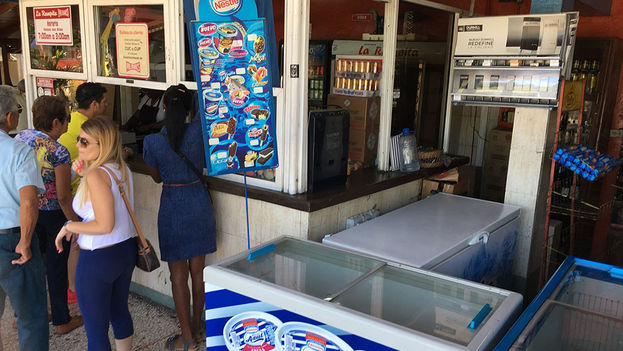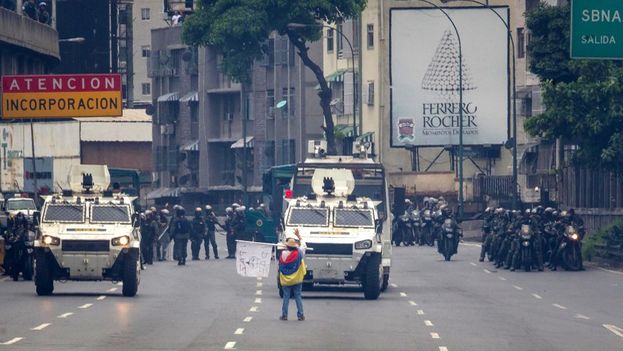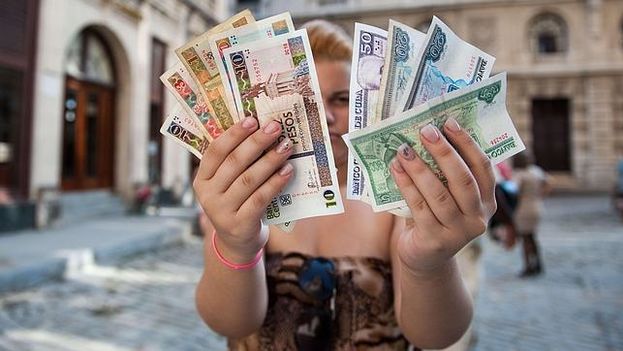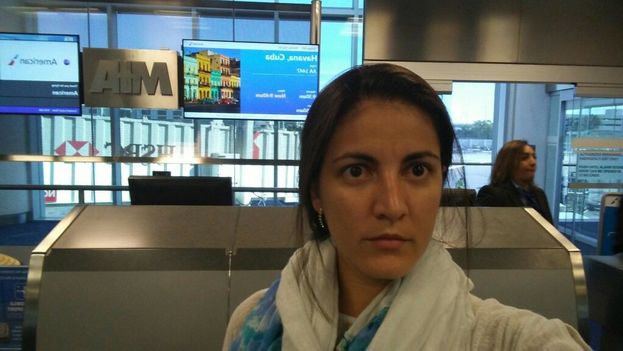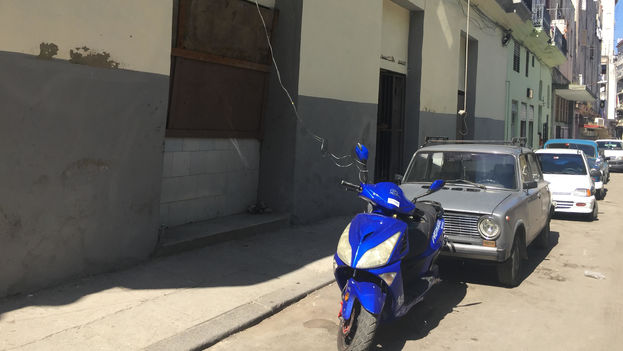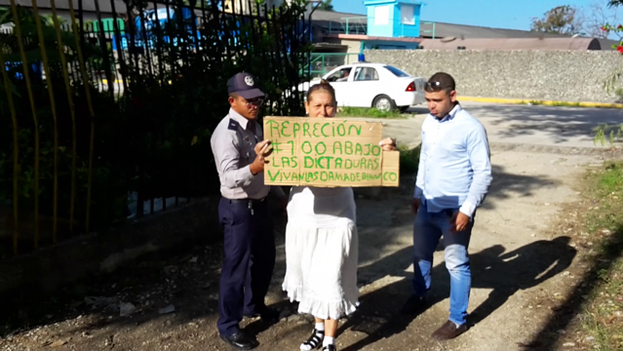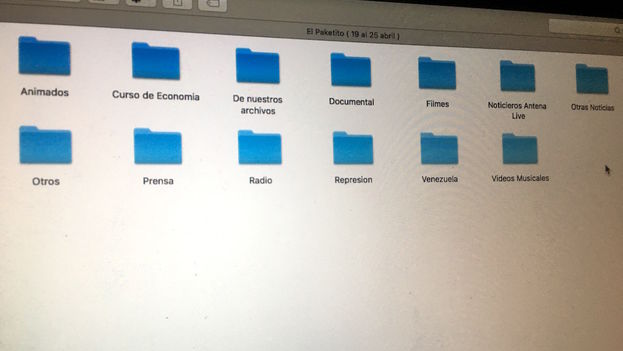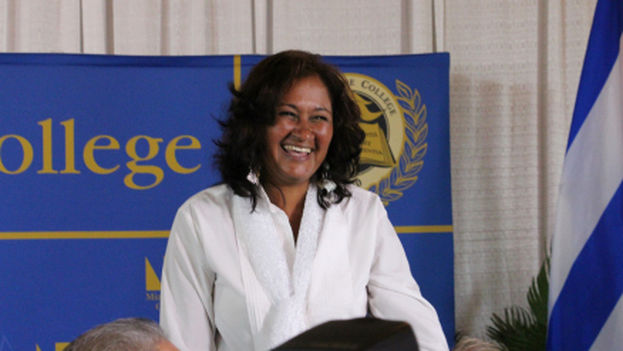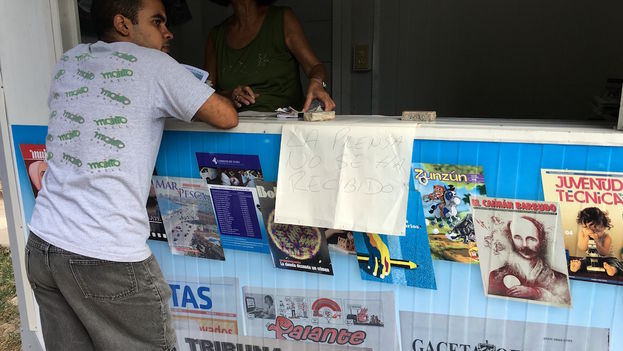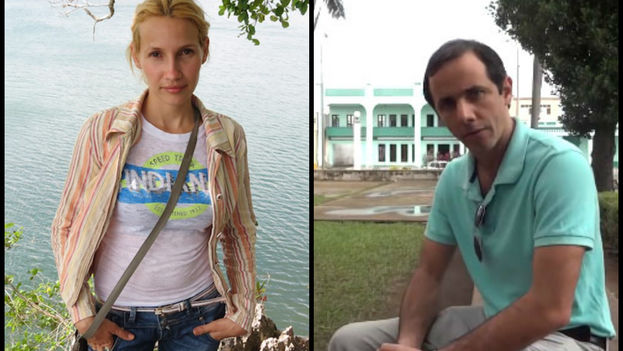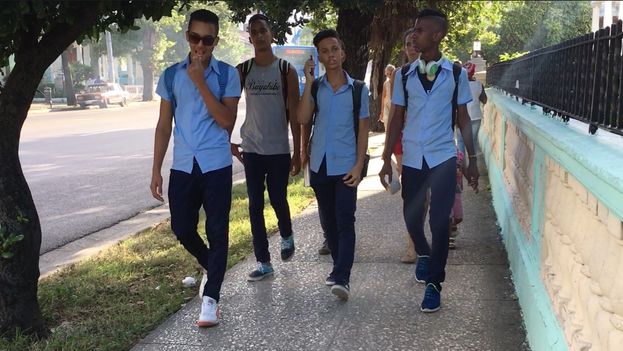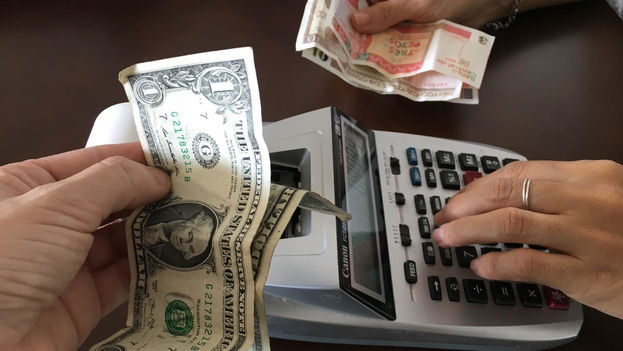“We are saddened that we can not continue to provide legal advice to people within Cuba, especially to many of the prisoners we helped, but since last September our work has not been safe in Cuba,” he said. continue reading
On September 23, 2016, agents of the Interior Ministry raided the Cubalex headquarters in Havana and confiscated their work equipment as well as two hundred files of people who were advised by the organization.
“We are saddened that we can not continue to provide legal advice to people within Cuba, especially to many of the prisoners we helped, but since last September our work has not been safe in Cuba”
One day before her departure from the country, the lawyer was summoned by the Attorney General’s Office to inform her of the legal proceedings brought against her by the authorities.
“It seems it is a new strategy to raid the headquarters of organizations. It already happened with Convivencia and with Somos+,” recalls the lawyer.
Diversent explained that she was accused of violating self-employment regulations.
“The State assumes that as we receive financing from abroad we hire people. As legal guardianship is not recognized as an activity to be carried out independently we are accused of violating the law,” she says.
She also reported that they had told a “string of lies” about supposed gifts given by her in exchange for speeding up procedures to legalize her home.
The Prosecutor’s Office ruled against a ban on her leaving the country, Diversent was able to verify. “They told me they knew I was working on the immigration process, and that they would allow me to leave, but that if I returned they would activate the investigation again,” she said.
“They threatened to accuse me of forgery and bribery if I returned to Cuba.”
The lawyer says that independent organizations such as hers are a direct target of State Security and are exposed to all kinds of harassment by the Government.
The lawyer says that independent organizations such as hers are a direct target of State Security and are exposed to all kinds of harassment by the Government
“State Security is aimed directly at us. The international community does not have a strong position with the Government, so we are subject to double discrimination: that of the State that calls us terrorists and mercenaries and that of international organizations and countries that do not support us because they seek to maintain good relations with the Cuban government,” she said.
Family reasons also carried great weight in this decision:
“I am a human rights activist, but I am also a mother. I have a son 17 and I don’t want anything to happen to him. In the case of women, the first thing they do is attack their children,” she said.
Diversent explained that she will be based in the state of Tennessee and that the rest of his colleagues will travel in three groups between May 25 and June 5.
The organization, based in the municipality of Arroyo Naranjo in Havana and founded in 2010, provides legal advice but is not legally recognized within the island, despite the numerous reports it has drafted for the United Nations and the Inter-American Commission on Human Rights, among other international organizations.
In July of last year the government refused to legalize Cubalex, after ruling that in Cuba no independent legal aid organizations are needed because “the State already defends the people.”
In July of last year the government refused to legalize Cubalex, after ruling that in Cuba no independent legal aid organizations are needed because “the state already defends the people”
Cubalex members, who have received refugee status, will be based in different states of the United States. However, the lawyer is confident that they will be able to meet at some point to restart the work. For now they have dismissed Miami as a possible site.
Two members of the group, Julio Iglesias and Julio Ferrer, must remain in the country because they are under criminal proceedings or in prison. Ferrer received a change of the precautionary measures against him this week.
“It really hurts me, what is happening to those in Cuba because of the commitment they have made to the people and the work they have done,” Diversent said.
The lawyer explained that for nine months they have been denouncing “violations of due process” in those cases but have not been able to do anything despite exhausting all the resources.
Following the raid on Cubalex’s headquarters, Amnesty International called for urgent action to “call on the Cuban authorities to allow members of Cubalex and other human rights lawyers and activists to operate freely without harassment or intimidation.”
“Cubalex will be legalized in the United States and will continue its work from here focused on supporting civil society organizations on the island”
Laritza Diversent’s trip to the US coincides with Thursday’s release of a communiqué from the Cuban Observatory of Human Rights (OCDH), which reports that there have been 1,809 arbitrary detentions in the first four months of 2017.
In April alone, the organization documented 467 arbitrary arrests, of which 335 were women, 132 were men and 147 were black people, ten of whom were “brutally beaten,” according to the activists.
The OCDH has stressed that a climate of repression prevails “at a time when the Cuban Government has achieved important international support like the European Union and the Government of Spain,” and warns that “in the coming months the political climate may be aggravated, as a result of certain nervousness of the Government before the difficult economic and social situation that is facing Cuba.”
Diversent agrees.
“There is much to be done in international human rights organizations. There is a lot to do with the organizations that are inside Cuba, to support them,” she explains.
“Cubalex will be legalized in the United States and will continue its work from here focused on supporting civil society organizations on the Island.”
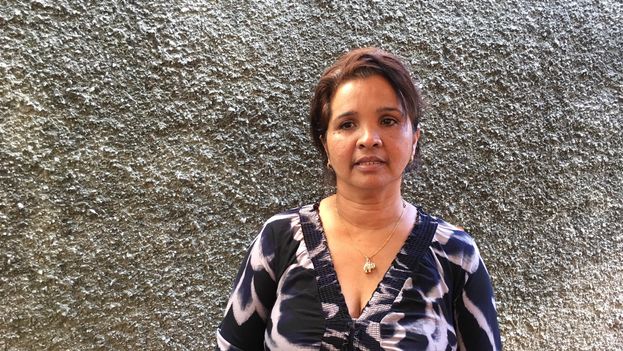
![]() 14ymedio, Havana, 10 May 2017 –The independent Cuban press has been especially harassed after the passage of Hurricane Matthew in the eastern part of the country. Several reporters were arrested while trying to cover the situation of the victims, reports the Association for Freedom of the Press (APLP) in its latest report.
14ymedio, Havana, 10 May 2017 –The independent Cuban press has been especially harassed after the passage of Hurricane Matthew in the eastern part of the country. Several reporters were arrested while trying to cover the situation of the victims, reports the Association for Freedom of the Press (APLP) in its latest report.
